Betcha You Thought You Knew!!!
Black Bikers Rock!!!
The Museum of UnCut Funk has examined all aspects of Blaxploitation and it’s relationship to music, sports, politics and Black culture. One angle that we have not covered – until now – is the relationship between Blaxploitation and Black Biker Culture. This exhibition chronicles the Blaxploitation films that prominently featured Black Bikers, along with other fun Black Biker facts.Below is a list of the films and Movie Poster art that showcase the lives of Black Bikers, their experiences and the freedom the experienced while riding.
Black Bikers from Hell aka Black Angels (1970)
- Starring: Robert Johnson, Des Roberts, King John lll and Linda Jackson
- Tagline: Brutally Clashing Head On In a Fury of Blood and Burning Rubber!
- Plot: When a Black biker gang is tricked into believing that a white biker gang is planning a war, all hell breaks loose.
The Black Six
- Starring: Carl Eller, Lem Barney, Gene Washington, Mercury Morris, Joe Greene and Willie Lanier
- Tagline: Six Times Tougher Than ‘Shaft’! Six Times Rougher Than ‘Superfly’!
- Plot: A Black high school student is caught dating a white girl by the girl’s brother. He and his biker gang beat the boy to death. The boy’s brother, who is a member of a Black biker gang, hears about it and comes to town to avenge his brother’s death.
Darktown Strutters (1975)
- Starring: Trina Parks, Roger E. Mosley, Stan Shaw and many others.
- Tagline: Super Sisters on Cycles…
- Plot: Syreena must investigate the disappearance of her mother, Cinderella. A series of wild complications follow.
Easy Rider (1969)
Not a Blaxploitation film, but a lot has been said about the film and I’m sure to some it is a classic…or a cultural phenomenon.
You have Peter Fonda as the producer and he stars as “Captain America,” while director Dennis Hopper plays his sidekick Billy. Ok kool….it’s a great story with great cinematography, but what many people don’t know to this day is that behind the scenes a Black dude named Ben Hardy created the Captain America and Billy choppers for the film Easy Rider.
Dig it – four former police bikes were used in the film. The 1949, 1950 and 1952 Harley Davidson HydraGlide bikes were purchased at an auction for $500.
Ben Hardy took the standard H-D frames and altered the steering head angle to 45 degrees. The steering head was cut off and repositioned and the resultant extreme rake required a 12″ extension to the telescopic forks.
Right On Mr. Hardy!!!
A sister who likes to ride!!!
Did You Know That….
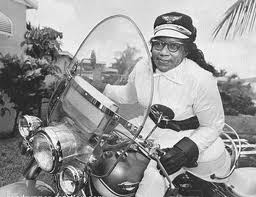 Bessie Stringfield’s life is the stuff of which legends are made. Bessie has been mentioned in books, magazines, newspapers and television documentaries. In 1990, when the American Motorcyclist Association opened its Motorcycle Heritage Museum, Bessie was featured in its inaugural exhibit on Women in Motorcycling. A decade later, the AMA created the Bessie Stringfield Award to honor women who are leaders in motorcycling. In 2002, she was inducted into the Motorcycle Hall of Fame.
Bessie Stringfield’s life is the stuff of which legends are made. Bessie has been mentioned in books, magazines, newspapers and television documentaries. In 1990, when the American Motorcyclist Association opened its Motorcycle Heritage Museum, Bessie was featured in its inaugural exhibit on Women in Motorcycling. A decade later, the AMA created the Bessie Stringfield Award to honor women who are leaders in motorcycling. In 2002, she was inducted into the Motorcycle Hall of Fame.
In the 1930s and 1940s Bessie made eight long-distance solo rides across the United States. Speaking to a reporter, she dismissed the idea that “nice girls didn’t ride motorcycles” in those days. She was also seemingly fearless about riding through the Deep South when racial prejudice was a tangible threat.
Born in Kingston, Jamaica, in 1911, she was brought to Boston as a young child but was orphaned by the age of 5. “An Irish lady raised me,” she recalled. “I’m not allowed to use her name. She gave me whatever I wanted. When I was in high school I wanted a motorcycle. And even though good girls didn’t ride motorcycles, I got one.”
She was 16 when she climbed aboard her first motorbike, a 1928 Indian Scout, and despite having no prior knowledge of how to operate the controls, Bessie proved to be a natural. She insisted God gave her the skills.
At the age of 19 she began tossing a penny onto a map and then riding to wherever it landed. Bessie covered all of the 48 lower states. Her faith got her through many nights.
“If you had Black skin you couldn’t get a place to stay,” she said. “I knew the Lord would take care of me and He did. If I found Black folks, I’d stay with them. If not, I’d sleep at filling stations on my motorcycle.” She folded her jacket on the handlebars as a pillow and rested her feet on the rear mudguard.
Using her skills and can-do attitude, she also performed trick riding in carnival stunt shows.
Between her travels, Bessie wed and divorced six times, declaring, “If you kissed, you got married.” She and her first husband were deeply saddened by the loss of three babies and Bessie had no more children. On divorcing her third husband, Arthur Stringfield, she said, “He asked me to keep his name because I’d made it famous!”
During the Second World War, Bessie worked for the army as a civilian motorcycle dispatch rider. The only woman in her unit, she completed rigorous training maneuvers. She learned how to weave a makeshift bridge from rope and tree limbs to cross swamps, although she never had to do so in the line of duty. With a military crest on the front of her own blue Harley, a “61,” she carried documents between domestic U.S. bases.
Bessie encountered racial prejudice on the road. On one occasion she was followed by a man in a pickup truck who ran her off the road, knocking her off her bike. She played down her courage in coping with such incidents. “I had my ups and downs,” she shrugged.
In the 1950s, Bessie bought a house in Miami, Florida. She became a licensed practical nurse and founded the Iron Horse Motorcycle Club. Disguised as a man, Bessie won a flat track race but was denied the prize money after she took off her helmet. Her other antics, such as riding while standing in the saddle of her Harley, attracted the attention of the local press. Reporters nicknamed her the “Negro Motorcycle Queen” and later the “Motorcycle Queen of Miami.”
Late in life, Bessie suffered from symptoms caused by an enlarged heart. “Years ago the doctor wanted to stop me from riding,” she recalled. “I told him if I don’t ride, I won’t live long. And so I never did quit.” Before she died in 1993, at the age of 82, Bessie said, “They tell me my heart is three times the size it’s supposed to be.” An apt metaphor for this unconventional woman whose heart and spirited determination have touched so many lives.
Source: American Motorcyclist Association
Black Motorcycle Clubs
The Chosen Few
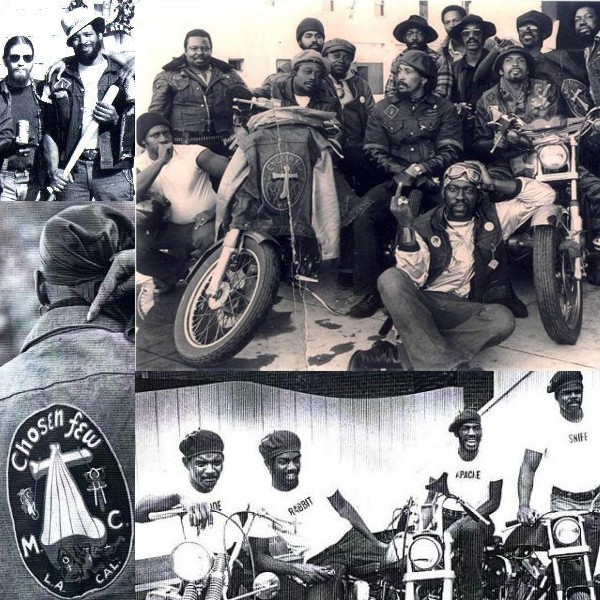
In 1959, the Chosen Few Motorcycle Club officially formed in LA on the cusp of the chaotic 60s. As they tell it — “The 60s was a hell of a time, with the Civil Rights Movement, The Vietnam War, Flower Power & Free Love, Sex, Drugs and Rock & Roll, etc…Add to this the Crazy World of the Black Outlaw Bikers.
The East Bay Dragons

While Rosa Parks took her historic bus ride, and as Dr. Martin Luther King Jr, Malcolm X and Huey P. Newton and the Black Panthers stood bravely for equal rights, the East Bay Dragons MC risked life and limb during days when a Black man riding a Harley chopper was a revolutionary act.
In 1959, Tobie Gene organized the Dragons, a loosely knit, all-Black men’s club, one of the first of its kind. The Dragon’s earliest incarnation began as an all-Black car club and originally stemmed from Tobie Gene’s big brother’s desire to keep his younger brothers and friends occupied and out of trouble. The Dragons became ten strong with Tobie’s brothers Joe Louis and Jonas, Baby Joe, Sam and Cousin Rabbit to name a few. Tobie Gene became the East Bay Dragons MCs first and only president, still reigning and riding after forty-four years.
Sources: The Selvedge Yard, East Bay Dragons Web Site

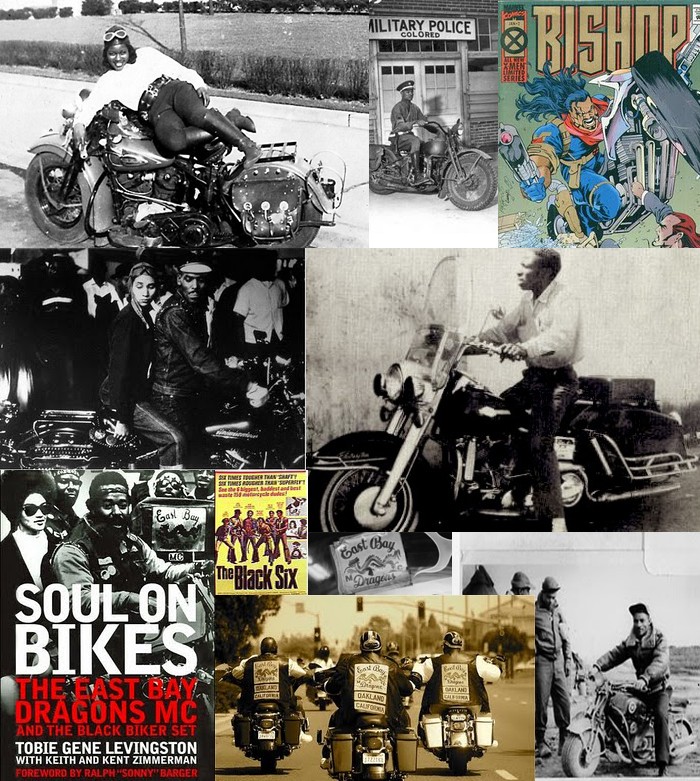
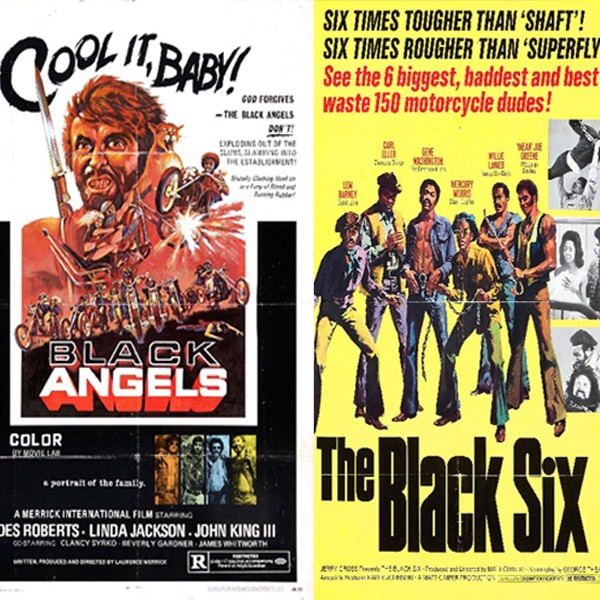
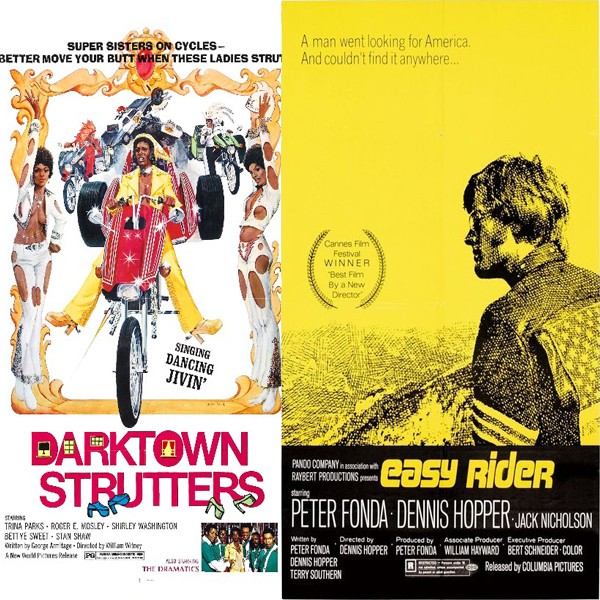
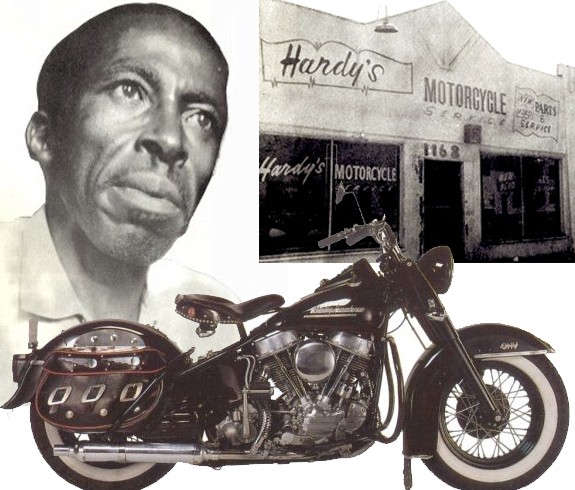

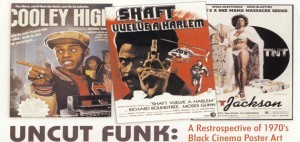
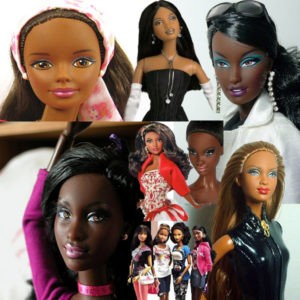
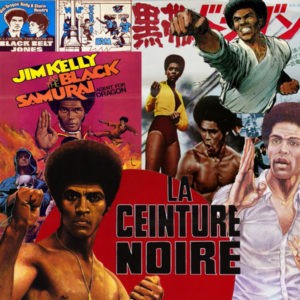

0 Comments